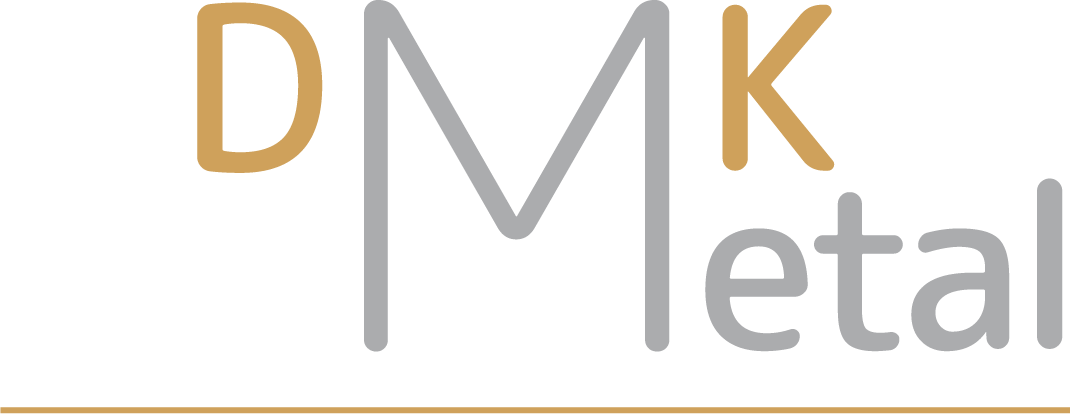Do you have unwanted broken jewelry, sterling flatware, coins, and other items and want to know the process of how I buy? Check out this video.
The process I go through with clients to buy their gold and silver
The process for evaluating and buying a client’s gold and silver can be quick or take many hours depending on volume as well as types of items. During this process, I like to explain what I am doing as I go. These are very valuable, important assets for people and I like to take my time and make sure my client understands the worth of their items. Until I make a purchase, my client owns these pieces and show respect for their property.
As I start to review a person’s gold and silver items, I usually start with jewelry boxes, bins with jewelry, baggies with broken jewelry pieces, drawers, and other places jewelry is kept. As I go through these items, I use my magnet, loupe, acid test kit, and other tools to help me separate the items by karat.
First, I put aside the costume jewelry. Certain costume jewelry might have value, but it’s not something that I buy since I focus exclusively on precious metals. I create a pile of sterling with all the sterling rings, necklaces, pins, and other items marked either sterling or 925. I separate gold into piles of 10-karat, 14 karat, and 18 karat. There may also be 22 karat and 24 karat jewelry, but these are less common. It is important to separate out the items into separate piles since each karat of gold has a different value. The higher the karat, the higher the gold content.
Once the jewelry review is complete, I will move on to the large silver pieces. Silver is the primary reason for me to meet at a client’s home. Silver is bulky and nobody likes to haul their sets of flatware, candelabras, serving pieces, and other large items out of the house. I start by going through cabinets, drawers, and pantries where the client keeps their silver. I’ve spent hours at people’s homes going through silver they have accumulated over the years. I go through piece by piece looking at the various markings to separate the plated items from the sterling. Unfortunately, silver plated items do not have much value. But, sterling items have a great deal of value.
Silver plated items might have a mark like EP which means electroplated or EPNS which means electroplated nickel silver. It might say silver over or triple plated. It might have a number like A1, A2 or the word community. These are all markings that show that an item is silver plated. Sterling items will say “sterling” on them, especially if made in America. If old and from Europe, you look for a full-body profile of a lion, a king or queen, a panther, an eagle, and numbers like 800, 813, 835, 900, 925, and 950.
Next I review the coins. I encourage my clients do some of this work before we meet in order to save some time. Also, I believe it is good for everyone to know about gold and silver coins. In the U.S., we had gold coins up until 1933. It is very rare to find gold coins in your change, but it can happen. Historically we had 1 dollar, 2.5 dollar, 3 dollar, 5 dollar, 10 dollar, and 20 dollar gold coins. They will be very shiny and heavy-even the small coins.
Silver coins can be common to find in your old jar of coins, especially silver half dollars. Before 1965, dimes, quarters, half dollars and silver dollars were 90% silver. We stopped making silver dollars in 1935. In 1971, we started making the Eisenhower silver dollars which were not silver. However, there were silver proof sets made in the 70s for coin collectors that were 40% silver. Interestingly, half dollars from 1965-70 were 40% silver. Also, the wartime nickels 1942-46 were 35% silver. So, before we get together, you can do some of your own homework and look for the silver coins in your collection. With coins, I will pay very close to the full spot price of gold and silver since these are considered bullion and do not need to go through the refining process.
When it is time to evaluate and price out the gold and silver jewelry and sterling piles I made, I will break out the scales and weigh everything. When you sell your gold and silver, the value is based on the actual gold and silver content in each item by weight. With gold, the karat tells me the gold content. So, if an item is 10K, it is 41.7% gold. If it is 18k, it is 75% gold. Therefore, it is critical that when you sell your gold, a buyer like me should always separate, weigh, and pay by the karat. If a buyer groups all the gold together and weighs it, that is a red flag that you may not be getting as much money as you should.
If you have any questions about your gold and silver items, feel free to contact me through cell phone, text, or email at any time. If you are ready to sell some items, I buy gold and silver in Lake Forest, Highland Park, Deerfield, Glencoe, and all over Illinois.
